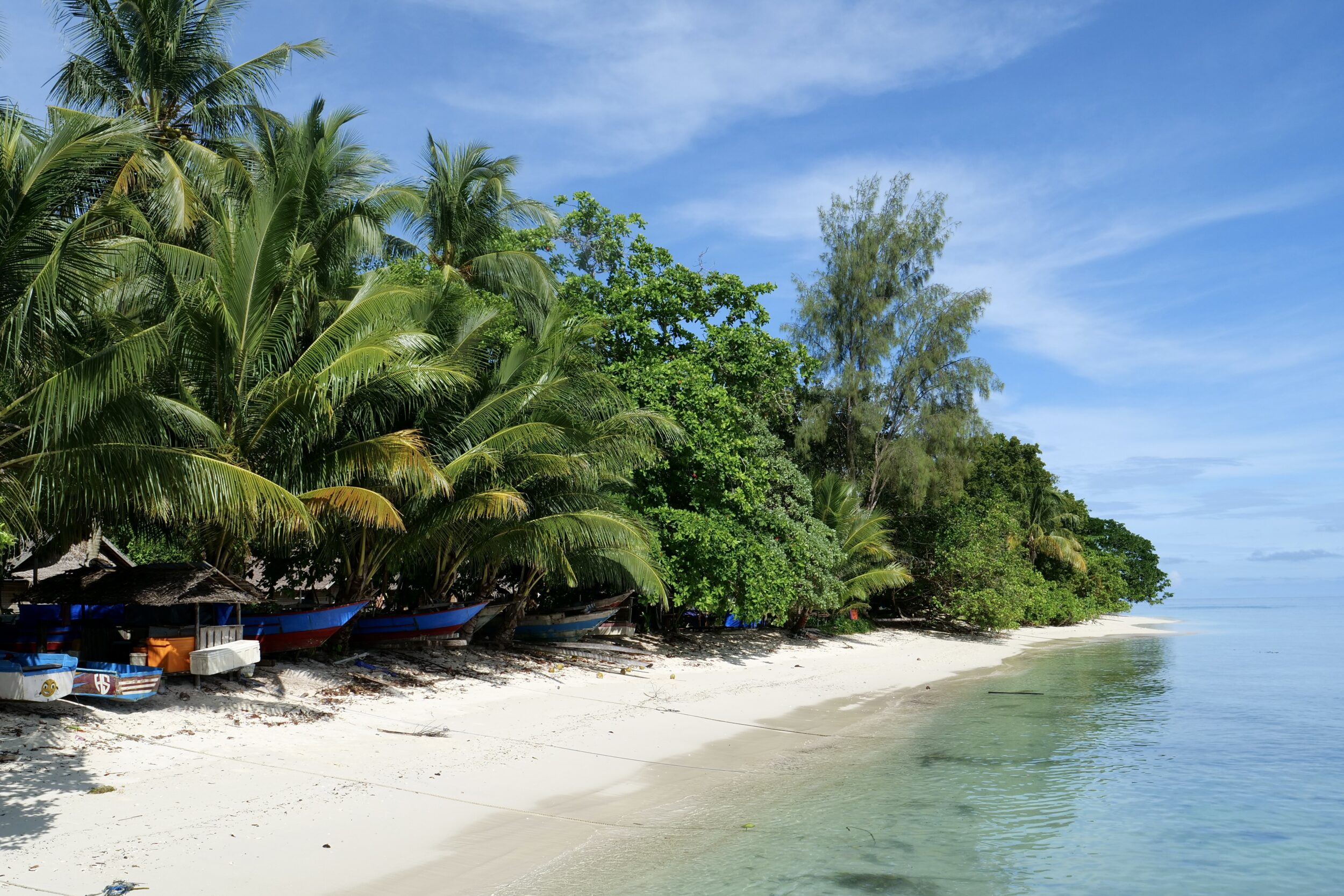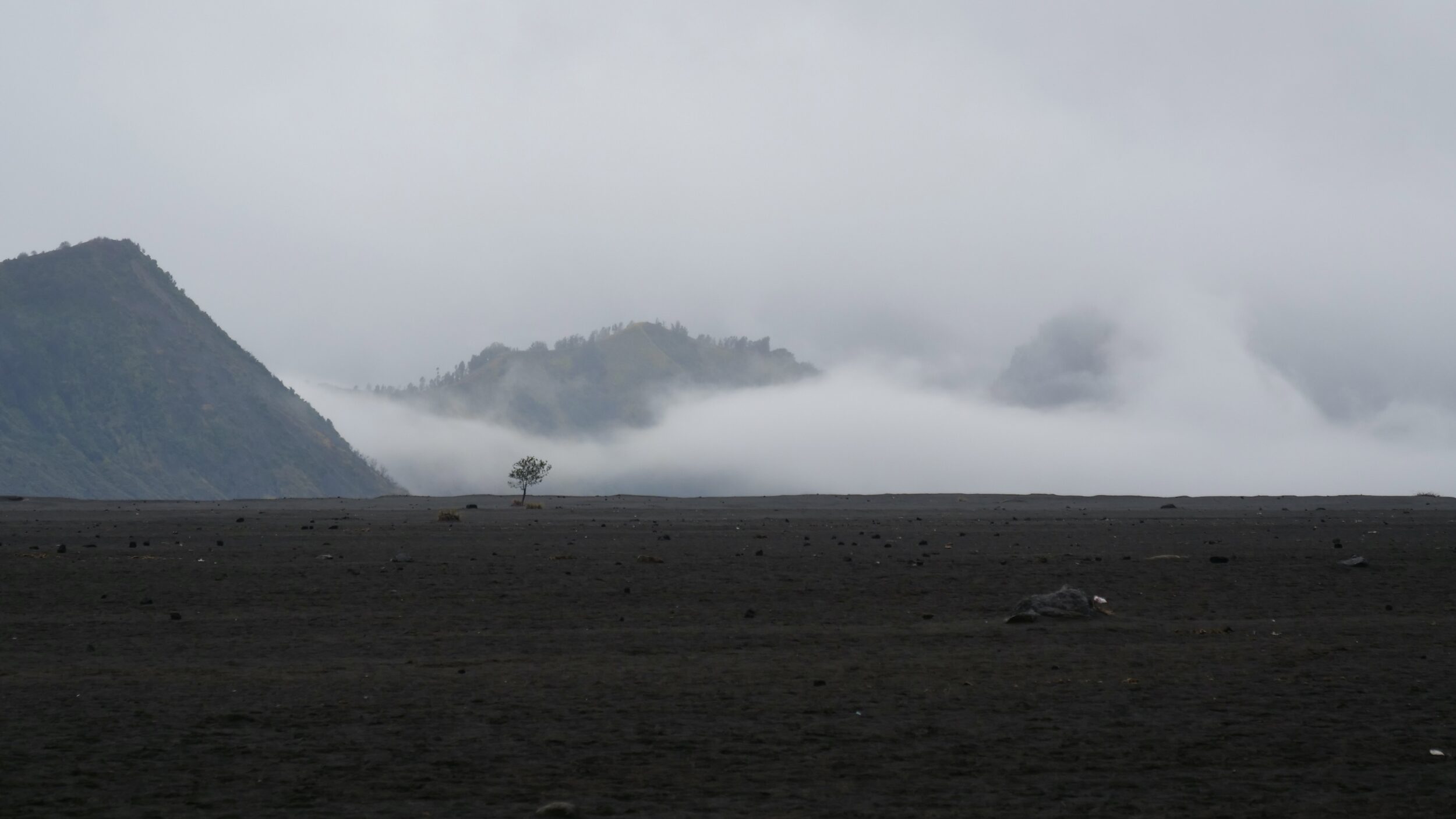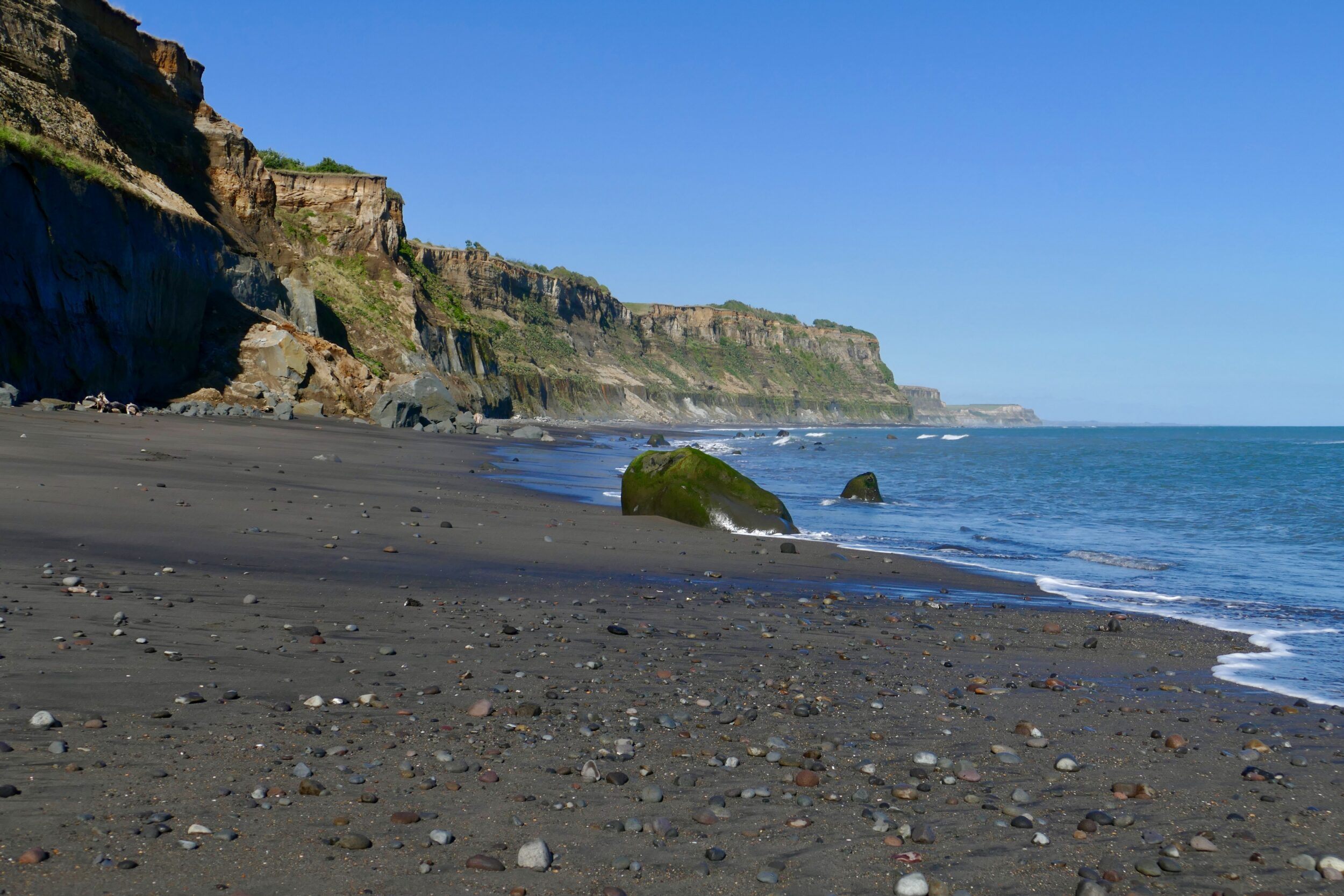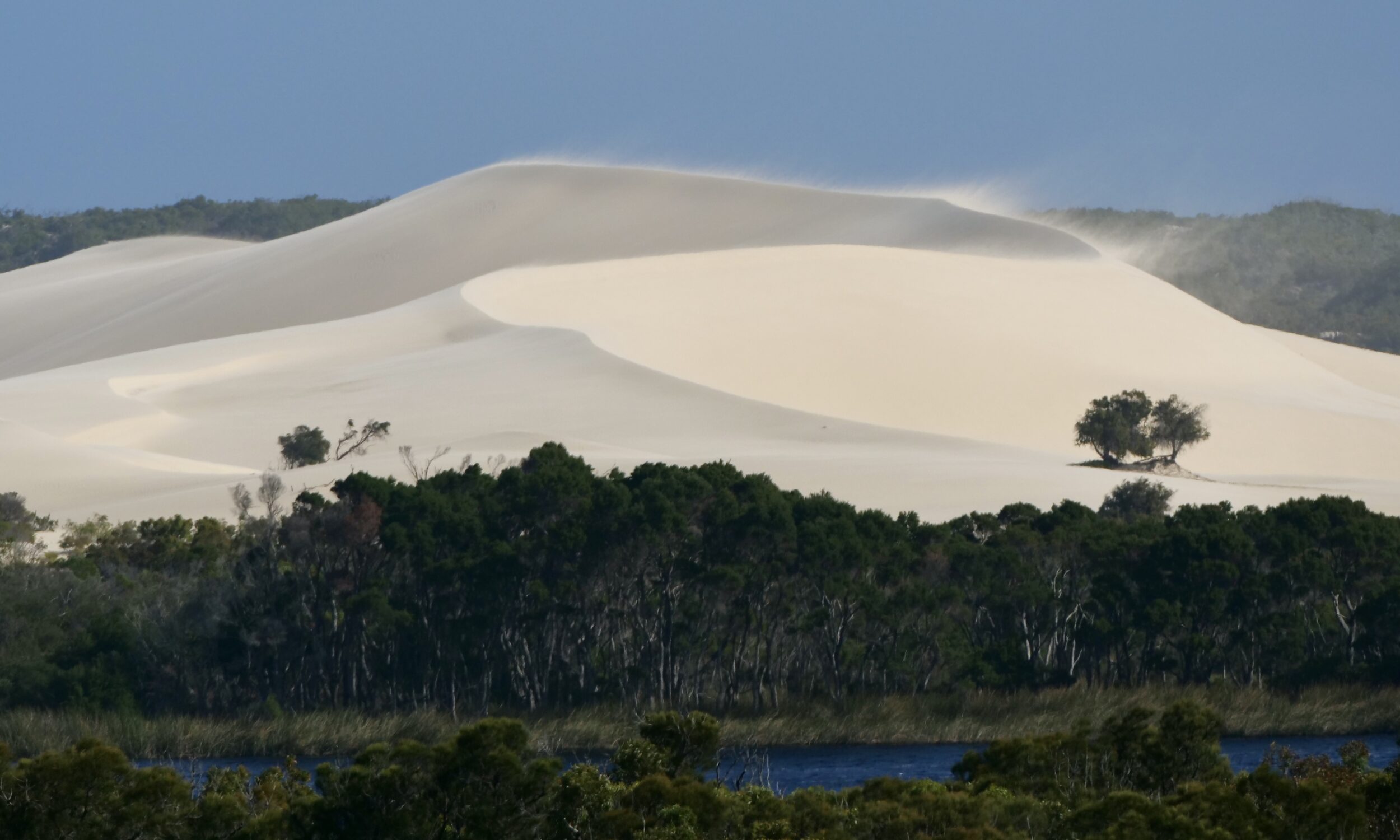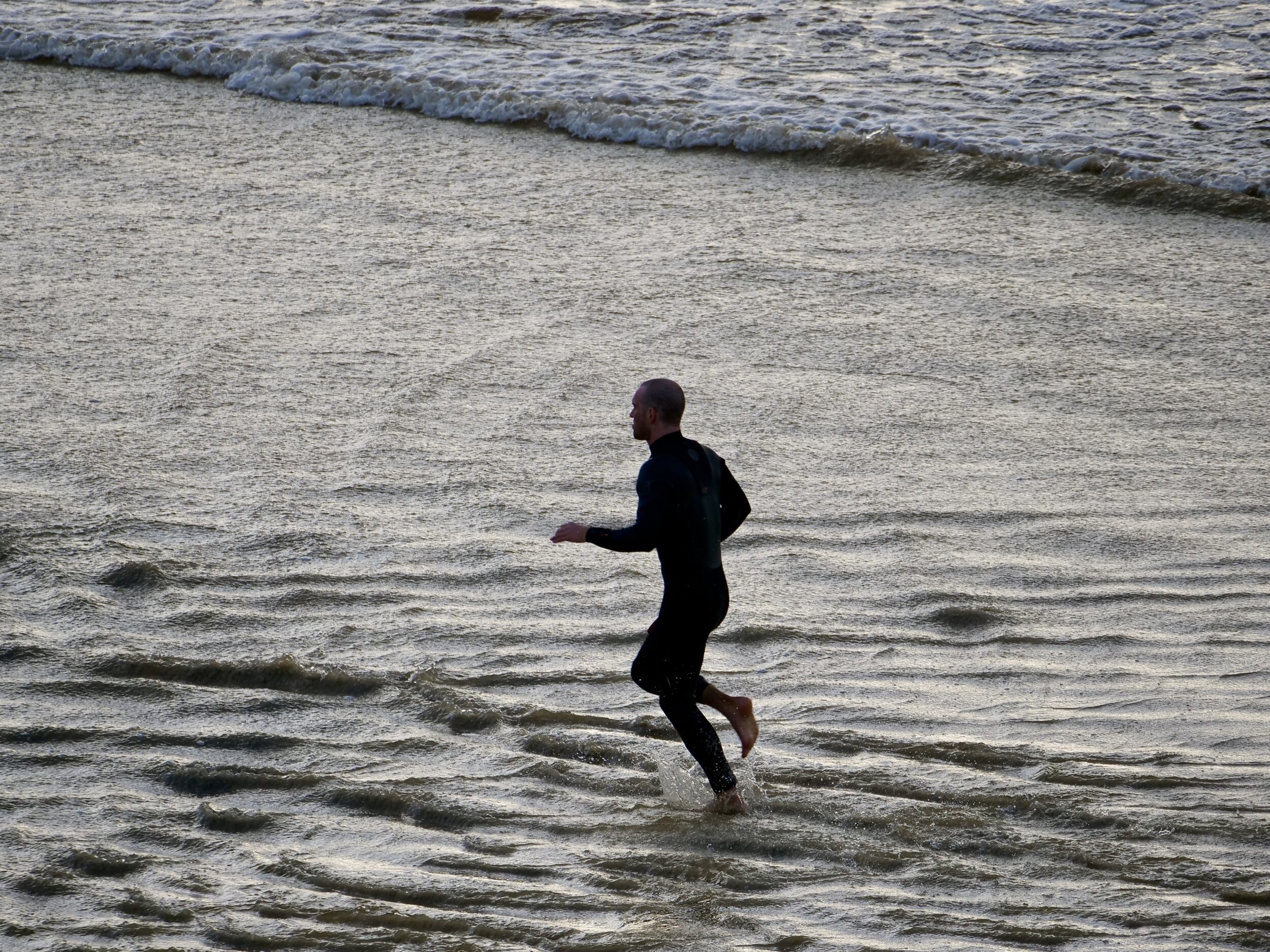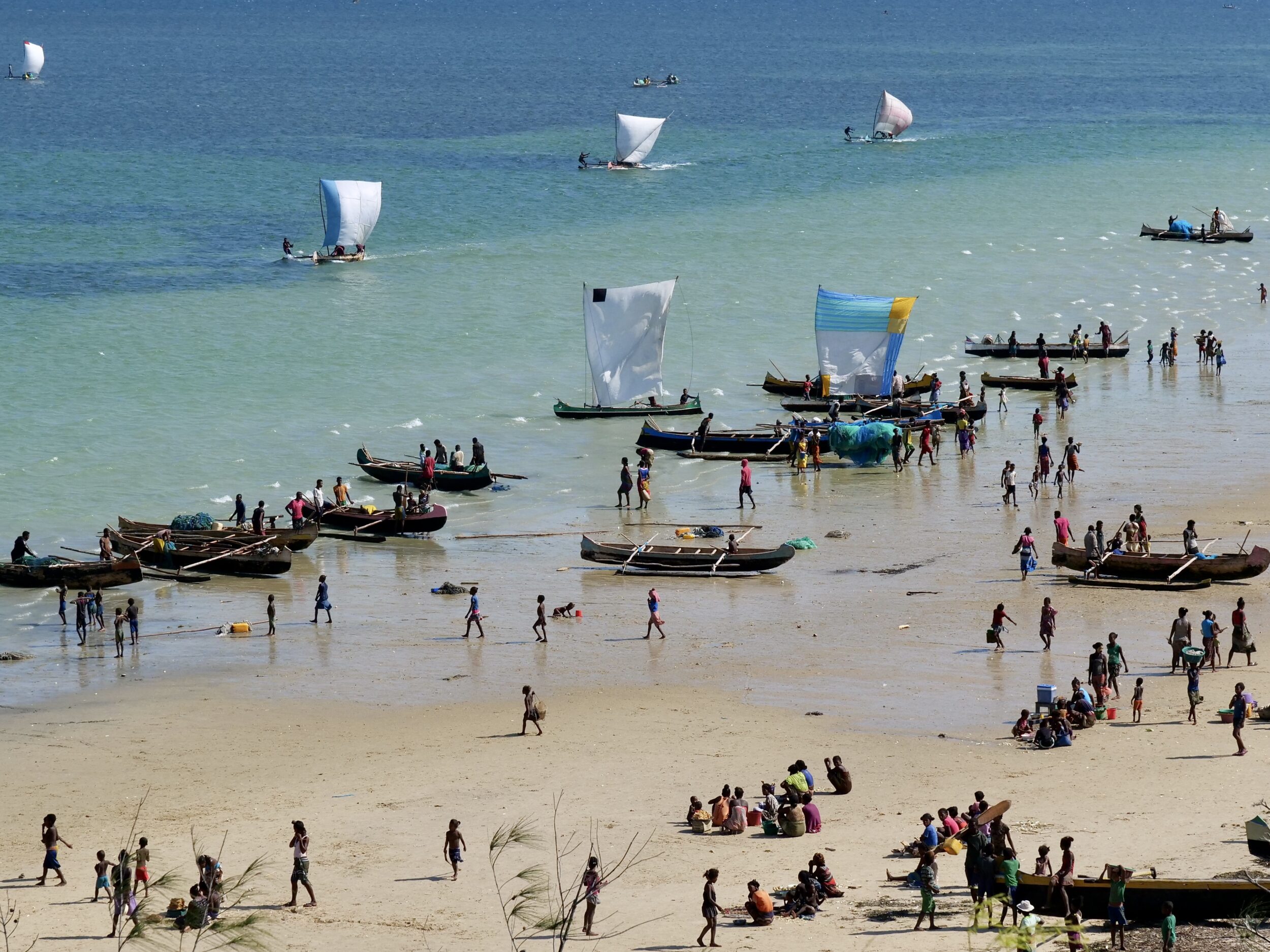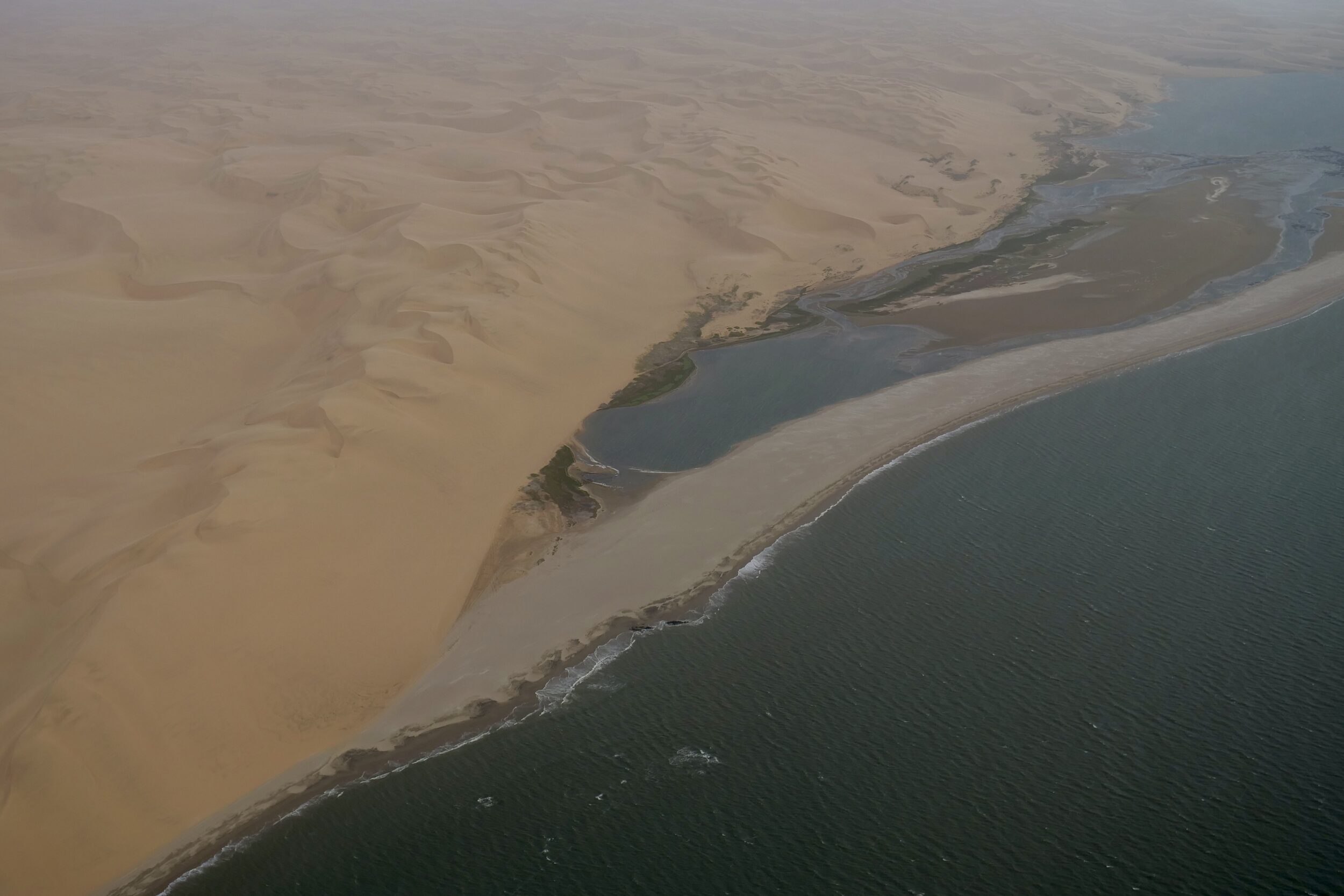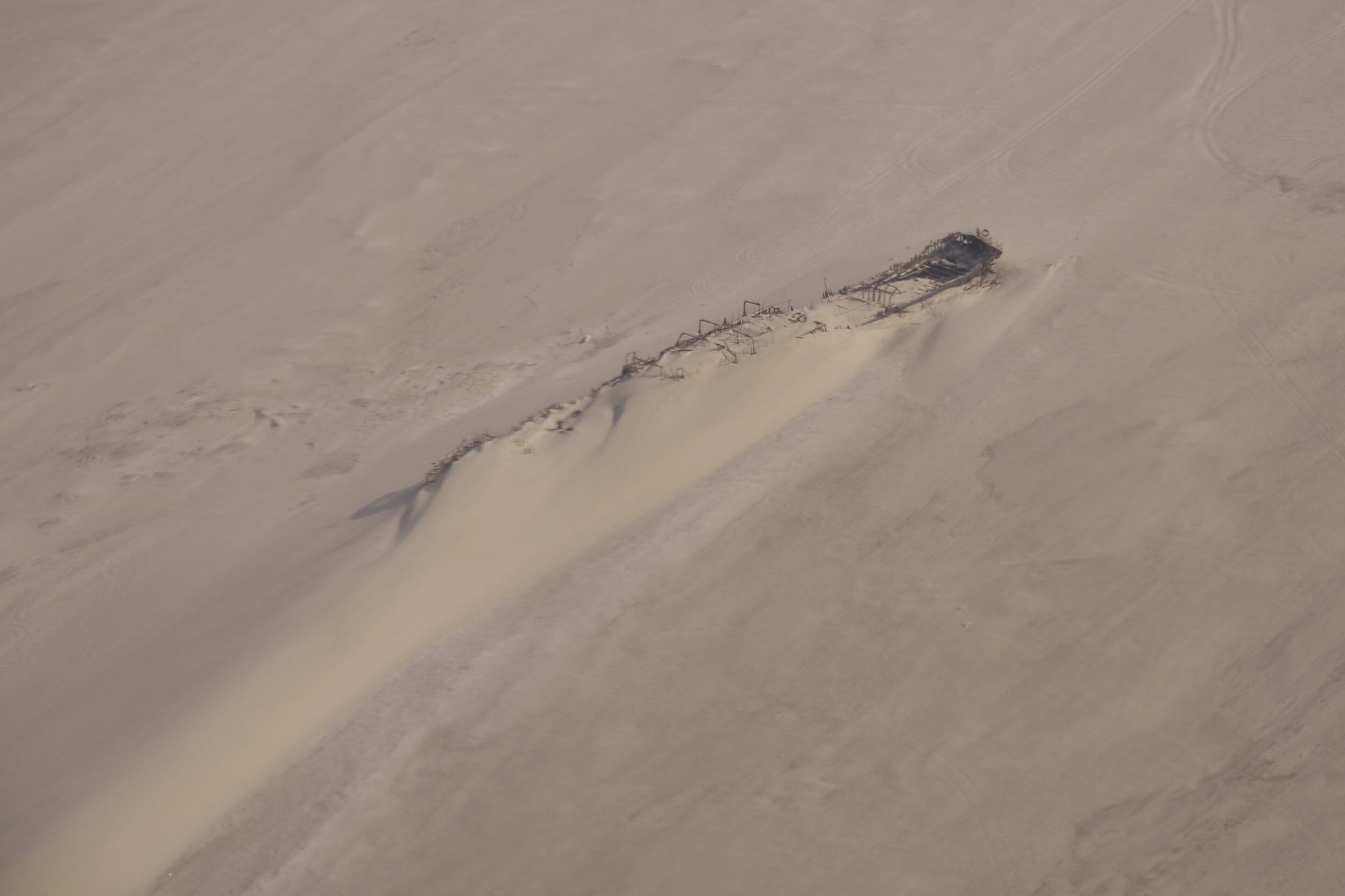Where else in the world could one be less than 20 kilometres distant from an eminently civilised town of more than 40,000 permanent residents (plus a large number of tourists) , and enjoy the pictured experience?
My beloved and I are not visible in the featured image.
It does, however, show all other humans present at Muttonbird Beach during the late afternoon “golden hour” on 21 March 2021.
To reach this glorious, safe-swimming spot, on a perfect “beach day”, we drove for less than 30 minutes, on good roads…
Leave a Comment
